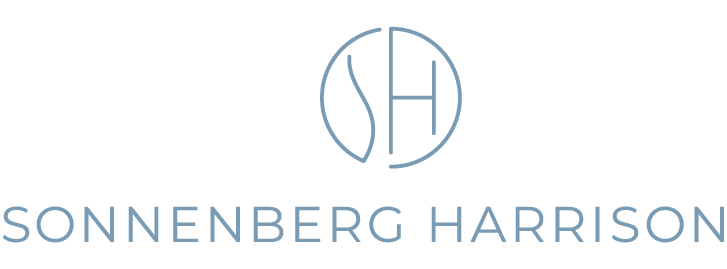The creation of the large number of new “top-level” domains has lead to a potentially massive increase in the number of domain names that conflict with brand names, such as registered (und unregistered) trade marks or company names.
Under ICANN’s Uniform Domain-Name Dispute-Resolution Policy (abbreviated to “UDRP”), most types of domain name disputes involving trade marks must be resolved by an agreement between the trade mark holder and the domain name registrant, by a court action, or by arbitration. A domain name registrar will generally only cancel, suspend, or transfer a domain name once the dispute has been resolved.
Any disputes due to abusive registrations of domain names (for example, cybersquatting or domain squatting) may be quickly resolved by expedited administrative proceedings initiated by the trade mark holder filing a complaint with an approved dispute-resolution service provider.
To invoke the UDRP, the trade mark owner must in most cases either (a) file a complaint in a court of proper jurisdiction against the domain name holder (or where appropriate a so-called “in-rem action” concerning ownership of the domain name) or (b) in cases of abusive registration submit a complaint to an approved dispute-resolution service provider. A list of the providers is on ICANN’s website linked here.
The policy for challenging country level domains, such as .DE for Germany, .EU for the European Union, or .FR for France is often similar. Each registrar can decide its own policies and most have adopted a similar approach to the UDRP.
It is possible to organise regular monitoring of new domain names – please get in touch if you would like to know more information.





